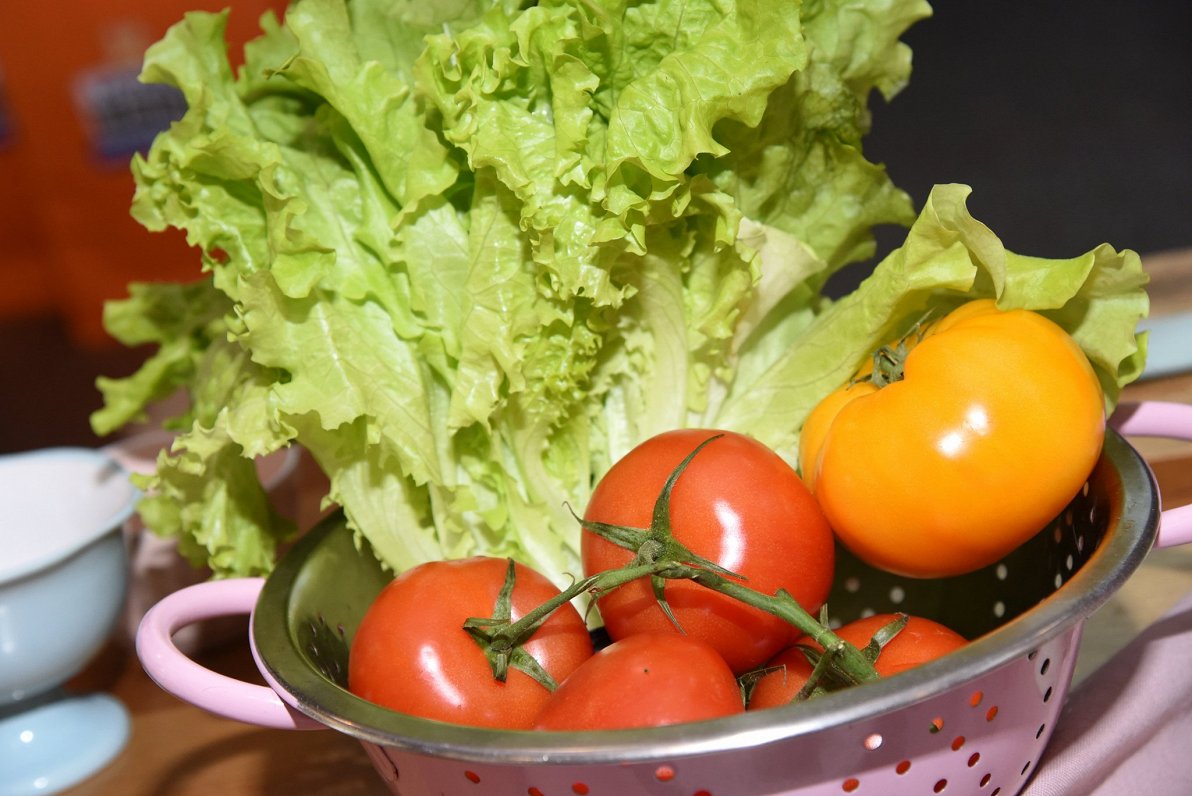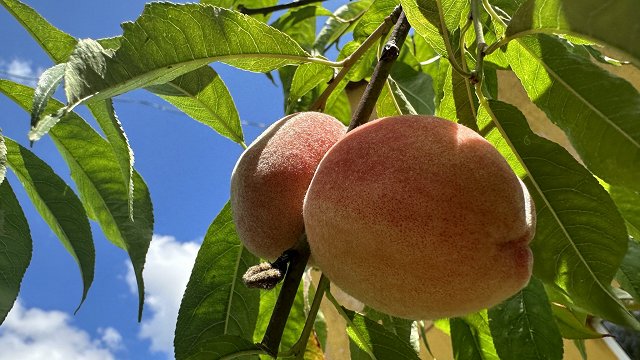35.3% of Latvian population aged 15 and over consumed fruit at least once a day, while vegetables and salads (excluding potatoes) - 39.4 %. In the last five years these indicators have decreased by 4.5 and 3.2 percentage points, respectively.
Women consume more fruit and vegetables than men
Fruit and vegetable eating habits are markedly different between men and women. In 2019, similarly to 2014, the tendency was that women consumed more fruit and vegetables - 41.3 % of women consumed fruit at least once a day, while vegetables and salads (except potatoes) - 43.6 % of women. Mostly women aged 55 to 64 (47.4 %) consumed fruit on a daily basis. Men ate more vegetables than fruit - 27.8 % of men ate fruit every day, while 34.2 % of men ate vegetables.
7.6% of the population eat fruit less than once a week, vegetables - 4.7%
Four to six times a week, 29.8 % of the Latvian population consumed fruit, vegetables and salads (excluding potatoes) - more than a third (36.1 %) of the population. One to three times a week, 27.3 % of the population ate fruit, whereas vegetables - 19.8 %. 7.6 % of the population eat fruit less than once a week or not at all, 4.7 % - vegetables.
Favorable socio-economic conditions encourage the consumption of fruit and vegetables
Healthy eating habits are influenced by the income, education level and employment of the population. 41.8 % of the highest income population (fifth quintile group) eats fruit at least once a day, while vegetables - 49.7 %. Among the population with the lowest income (the first group of quintiles), 29.2 % ate fruit and 30.5 % ate vegetables. Population over the age of 65 consumed less vegetables and salads on a daily basis than the average in Latvia. In turn, young people aged 15–24 and seniors aged 75 ate the least fruit on a daily basis, by 2.8 and 3.5 percentage points less than the national average, respectively. Fruit and vegetables were consumed more often on a daily basis by the employed population - 36.9 % and 42.9 %, respectively, as well as by the population with higher education - 44.7 % and 49.7 %.
Frequency of fruit and vegetable consumption in 2019 (as per cent)

In Riga, half of the population consumed fruit and vegetables on a daily basis
There are significant differences in the daily consumption of fruit and vegetables by region. In Riga region, half of the population eats fruit (49.8 %) and vegetables (53.9 %) every day, while the lowest indicator was in the Vidzeme region, where only every fifth (20.7 %) resident of the region ate fruit every day, but vegetables and salads - only 22.7 %. In Pierīga, 34.3 % of the population ate fruit at least once a day, whereas vegetables - 42 %. In Latgale, Zemgale and Kurzeme regions, 29.3 %, 26.3 % and 24.6 % of the population ate fruit, respectively, vegetables and salads - 31 %, 29.1 % and 28.8 %, respectively.
Only 7.2 % of the population over the age of 15 eat enough fruit and vegetables
According to the Recommendations of the Ministry of Health a person should include at least 300 g of vegetables and 200 g of fruit or berries in their diet every day. In 2019, only 7.2 % of the population aged 15 and over (8.6 % of women and 5.4 % of men) consumed 500 g or more of fruit and vegetables every day, and only half followed the recommended proportion. Fruit and vegetables were most often consumed in sufficient quantities by the wealthiest population (fifth quintile group) - 10.9 %. By comparison, in 2014, 11.4 % of the population ate at least 500 g of fruit and vegetables every day (13.3 % of women and 8.9 % of men).
The respondents were asked about the consumption of 100 % fruit and vegetable juices. Almost 75 % of the population indicated that juices are consumed less than once a week or not at all. The results show that there are no significant differences in the consumption of juices by gender and age.
6,000 thousand residents of Latvia aged 15 and over were surveyed during the European Health Interview Survey (EHIS) in 2019 – 2020.



























